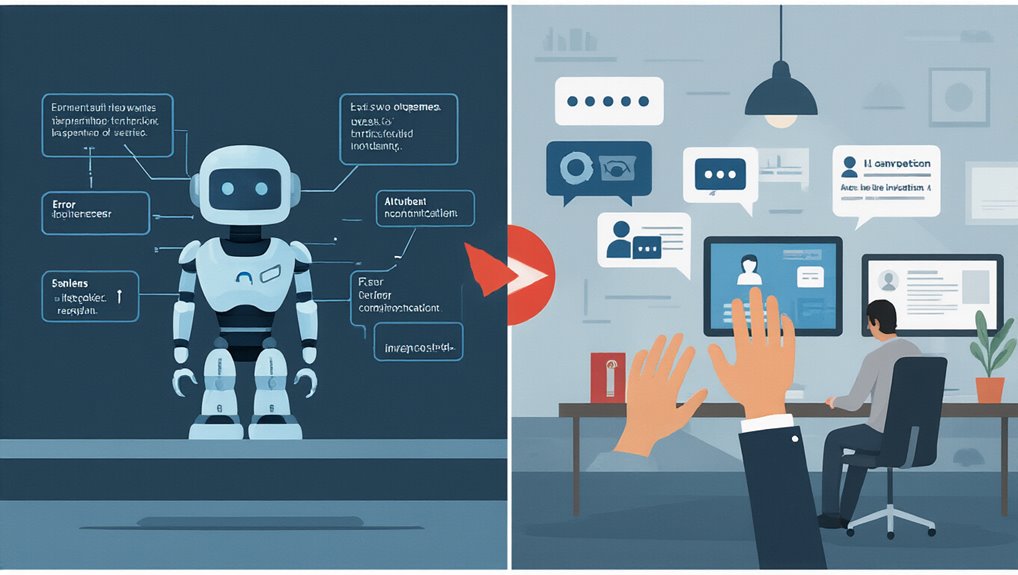When organizations consider establishing their customer service operations, how thoroughly do they evaluate the true financial implications of building an in-house contact center? The initial investment alone averages $178,770 for basic infrastructure, encompassing everything from IT systems to physical equipment. This substantial upfront cost represents just the beginning of a significant financial commitment.
Staffing expenses create the most substantial ongoing burden. With agents earning an average of $30,688 annually and managers commanding $39,694, payroll quickly becomes overwhelming. Benefits add approximately 30% to these figures. For a modest 20-person operation, annual staffing costs reach nearly $694,000.
When factoring in recruitment ($2,500 per agent) and training ($1,000 per agent annually), the financial picture becomes even more challenging. Many companies underestimate the impact of data management costs when establishing their infrastructure, despite research showing it can improve operational efficiency by up to 10%.
Technology costs compound these expenses considerably. Basic call center software runs $60-$129 per agent monthly, while multichannel solutions start at $159. Additional expenses include:
- Data security tools at $60 per user monthly
- Hardware costs of $50 per unit
- Business internet at $164.99 monthly
- Network infrastructure setup at approximately $2,000
Perhaps most concerning are the hidden costs. Employee turnover creates extraordinary expenses, with each agent termination costing $31,416. The industry’s high attrition rates typically cost between $5,000-$10,000 per employee for hiring and training replacements. Operational overhead typically adds 25% to salary costs. Fixed staffing models mean paying agents even during low-volume periods, creating inherent inefficiencies.
Compliance with industry regulations adds significant expenses through necessary security audits and certifications to maintain data privacy standards, particularly for businesses handling sensitive customer information.
Comparative analysis reveals a striking disadvantage: in-house operations typically cost 25-45% more than outsourced alternatives. Nearshore teams cost 30-50% less than maintaining in-house teams, while traditional BPO outsourcing reduces operating expenses by 20-30%.
Outsourced pricing models ($15-$45 per interaction/hour) offer predictability that in-house models cannot match.
Organizations must consider whether maintaining complete control justifies these financial burdens. The data suggests many businesses would benefit from outsourcing, particularly those experiencing seasonal fluctuations or growth phases.
The financial reality of in-house customer service often outweighs the perceived benefits of control, especially for businesses with variable demand patterns.
With the significant cost differential and improved flexibility, outsourced models present a compelling alternative to the traditional in-house approach.









